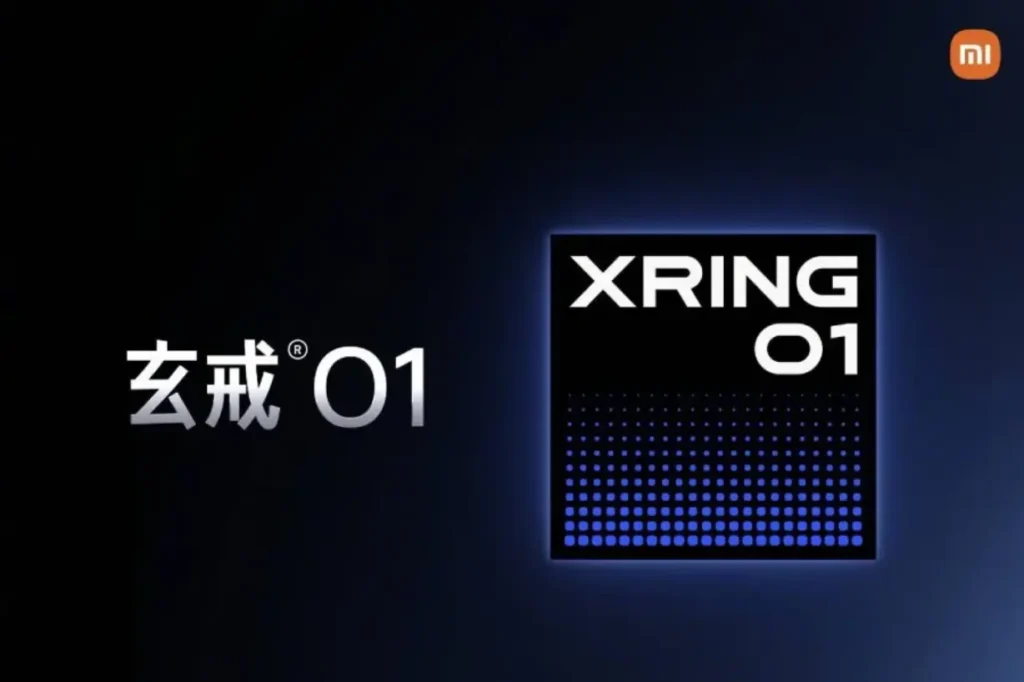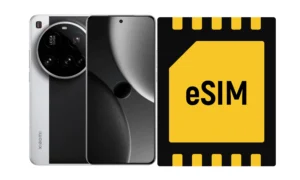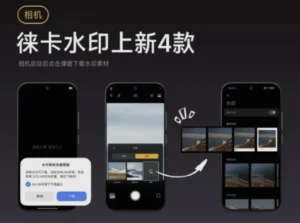Xiaomi XRING O1: 3nm Chip Success & US Export Ban Impact
Xiaomi’s XRING O1 Chip: A 3nm Triumph, But US Export Restrictions Cast a Shadow
Xiaomi’s entry into the high-performance mobile chip market has been nothing short of spectacular. The recently released XRING O1 chipset, manufactured using TSMC’s advanced 3nm process, outperforms even Qualcomm’s Snapdragon 8 Elite in benchmark tests. However, this impressive achievement is overshadowed by the looming threat of US export restrictions on Electronic Design Automation (EDA) tools, potentially hindering Xiaomi’s future development of even more powerful chips. This article delves into the implications of these restrictions on Xiaomi’s XRING technology and the broader Chinese semiconductor industry.

The US EDA Export Ban: A Game Changer for Chinese Chipmakers
The US Department of Commerce has tightened its grip on the export of EDA tools to China. These tools, provided by companies like Cadence, Synopsys, and Siemens EDA, are crucial for designing, simulating, and optimizing complex integrated circuits. They’re essential for pushing the boundaries of semiconductor technology, particularly for transitioning to smaller manufacturing nodes like the cutting-edge 2nm process that utilizes GAAFET transistors. The ban effectively prevents Chinese companies like Xiaomi, Huawei, and Lenovo from accessing the latest EDA software and support, directly impacting their ability to design chips using advanced fabrication processes. This also limits TSMC’s ability to use US software for manufacturing advanced chips for Chinese clients.
Impact on Advanced Node Development
The restriction doesn’t just affect access to the tools; it also impacts the supply chain. TSMC, a key player in semiconductor manufacturing, relies on US-made EDA software for its advanced nodes. This means even if Xiaomi designed a chip for a 2nm process, TSMC might be unable to manufacture it using US-based software. This effectively stalls Xiaomi’s potential progress beyond the 3nm node used in the XRING O1.
Xiaomi’s XRING O1: A Milestone Despite the Headwinds
The XRING O1, built on TSMC’s 3nm ‘N3E’ process, is a significant achievement. Its 10-core CPU architecture delivers flagship-level performance, outperforming competitors in Geekbench 6 single-core and multi-core tests. Currently powering devices like the Xiaomi 15S Pro, Pad 7 Ultra, and Watch 4S, it represents a considerable step for Xiaomi in competing with established players like Apple and Qualcomm. However, the US ban threatens to limit future XRING iterations to the 3nm node.
China’s Response and Alternative Solutions
China is actively pursuing domestic alternatives to US EDA tools. Companies like Empyrean Technology and Primarius Technologies are developing their own EDA software, but these solutions currently lag behind the sophistication of their American counterparts. Huawei, for instance, has invested heavily in its own EDA capabilities since 2019, enabling them to continue developing chips like the Kirin series.
However, these domestic solutions face significant challenges. While functional for less advanced nodes, they’re not yet ready for cutting-edge 2nm or even advanced 3nm processes. Furthermore, some Chinese startups have resorted to using pirated versions of US EDA software, a practice that hinders international commercialization due to legal and intellectual property concerns.
The Future of Xiaomi’s XRING Chipset
The US ban could ironically accelerate the development of a self-reliant technological ecosystem in China. While Xiaomi and other Chinese companies face short-term setbacks, long-term investments in domestic EDA and manufacturing capabilities could eventually bridge the technological gap. However, this process will take time, and the lack of access to crucial support and software updates might significantly delay the release of future XRING chips, like the tentatively anticipated XRING O2 in 2026. The success of Xiaomi’s XRING series will hinge on its ability to navigate these geopolitical complexities.
Conclusion
Xiaomi’s XRING O1 is a testament to the company’s engineering prowess. However, the US EDA export restrictions represent a serious challenge to its long-term ambitions in the high-performance mobile chip market. While the XRING O1 shines brightly, the future of the XRING series hinges on China’s ability to develop competitive domestic EDA solutions and potentially foster strategic partnerships beyond the reach of US sanctions. The coming years will be crucial in determining whether Xiaomi can overcome this obstacle and maintain its momentum in the global semiconductor race.
Source: https://x.com/Jukanlosreve/status/1929685379134935324








1 thought on “Xiaomi XRING O1: 3nm Chip Success & US Export Ban Impact”